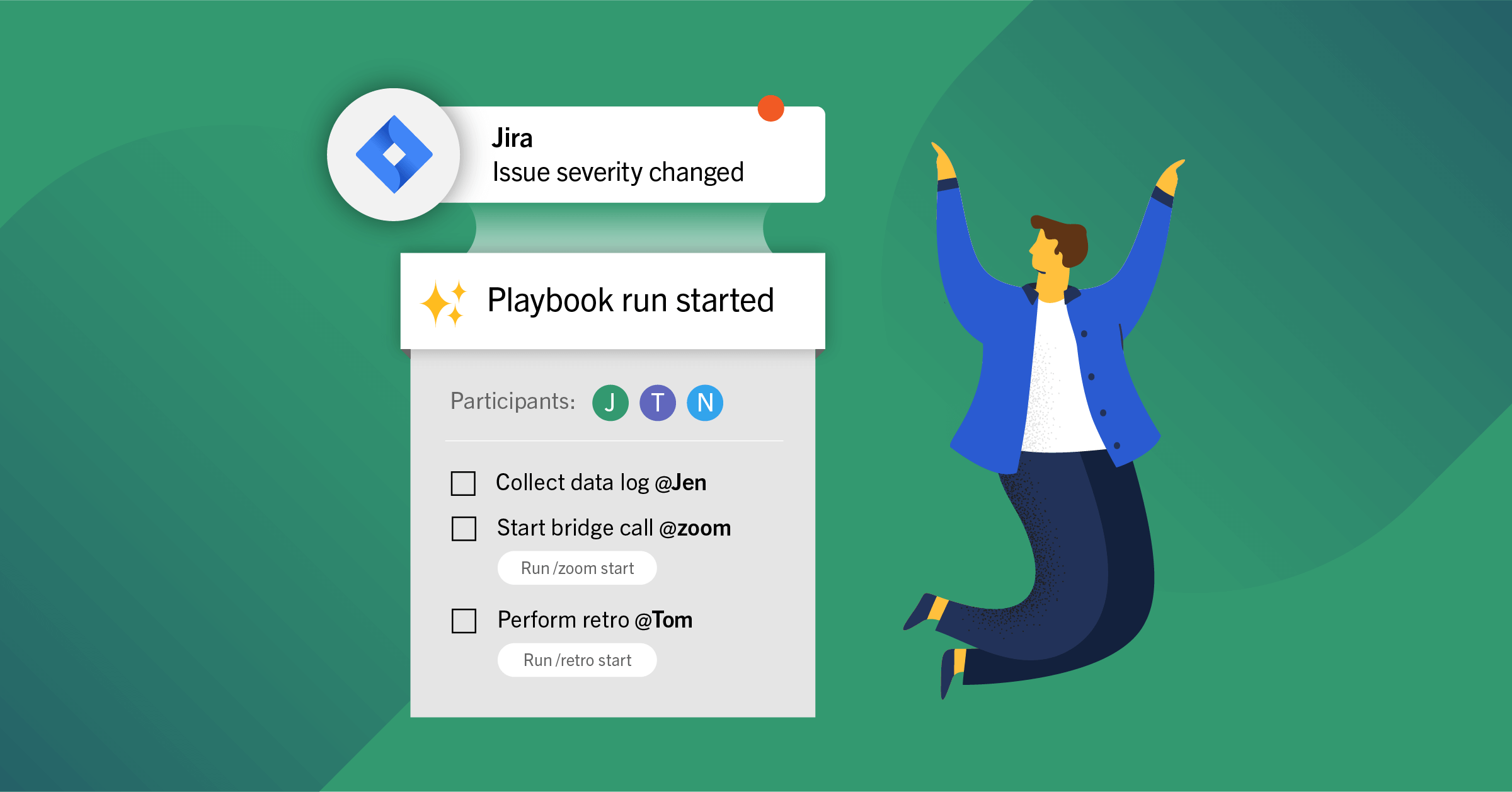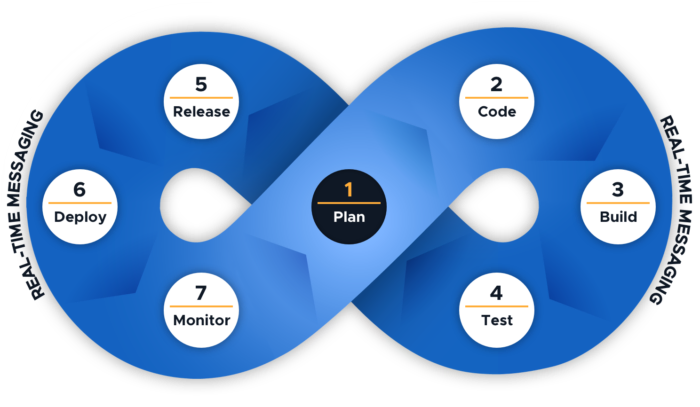
An introduction to Mattermost as your DevOps Command Center
Mattermost is a platform based on collaboration — not built simply for facilitating team and asynchronous communication, but built on the philosophy that having the ability to collaborate efficiently makes the world safer and more productive for everyone.
This is true in many day-to-day situations in an organization, but it is especially true in the world of DevOps. When an emergency arises, information needs to be moved from person to person and team to team as quickly as possible. Having everything needed for an incident in one place is key. This is why we developed Mattermost Incident Management.
Let’s look at the pieces of what makes a great incident management experience and see where the DevOps Command Center meets those needs.
What is DevOps?
Today, we think of DevOps as a set of behaviors and tools that allow a team to function. The idea differs from the Agile mindset, which focuses on the ability to move a project along a flexible timeline which can be subject to change depending on feedback.
As a result, agile is small, fast, and open to change, but it is mostly focused on the software development cycle. DevOps looks beyond development and encompasses all the steps from concept to delivery of a product.
This philosophy stretches beyond the work cycle. The focus is on how the members of a team function, interact, and can be most successful. This means taking into account overarching pieces of the puzzle: development, testing, integration, deployment, monitoring, and systems administration.

The vision for Mattermost as a DevOps Command Center is to document and automate playbooks for everything from Deployment Process to QA pipeline to Incident Response in a way that makes collaborators work more efficiently and succinctly. Documenting and communicating methods for completing tasks related to any part of your DevOps process becomes easier and more streamlined.
What is observability?
According to Rudolf Kalman, who coined the phrase, observability is a measure of how well internal states of a system can be inferred from knowledge of its external outputs. Clearly, this definition was developed from an understanding of engineering complex machines where moving parts were internal and their dynamics could only be monitored via extrapolation.
Monitoring methods and tools are now more sophisticated and more widely adopted to handle increasingly distributed and complex systems. While it is now easier to observe code and tests and extrapolate that behavior, all bets are off once your code hits the real world.
So for the modern tech world, we’ve seen the need to redefine observability, as we mentioned earlier. For us, observability is the ability for teams to view information and investigate further how a given system is performing in real time, allowing for adjustments and fixes, in order to create better systems and identify threats in any complex computing environment.
Mattermost integrates the tools you are already using into an environment you are familiar with — things like the ELK stack, Grafana, your infrastructure monitoring plugins and tools that are likely integrated into your Mattermost instance. Add the right teams and the right automation workflows, and you are ready to tackle any incident, whether a chaos engineering experiment or a real outage incident.
Why is centralization important?
Live system observability is about this data-driven, iterative process for teams that improves the overall health and resiliency of systems.
Mitigating the issue of live system observability is at the top of the heap for every modern company or organization developing an application – be it web or mobile, fintech or funtech. Successful tools need to give developers, DevOps practitioners, security operations, systems administrators, and everyone else insight into how systems are functioning in real time. And they must be built to scale linearly and efficiently store data so users are not wasting their compute resources.
Putting everything together in Mattermost makes it that much easier to stay focused on resolving an issue. Plugins create automated feeds to bring information from systems across your workflow together, and a central chat platform keeps everyone on the team on the same page. Whether it’s the ad hoc response team for an incident or there is a dedicated SRE team using the DevOps Command Center, having it all in one place is key to successfully ensuring the stability of what your organization is working to deliver.
Rethink your DevOps toolset with Mattermost as your DevOps Command Center
Innovation drives us to build better technology. Mattermost wants to be a part of innovating your teams to build better, safer, more observable systems. Communication is the key to DevOps success, and adding Mattermost to your DevOps toolset helps facilitate better communication.
If you’re ready to rethink your team’s approach to incident management, check out the guide on how to use Mattermost Incident Management and try it out by signing up for a Mattermost Cloud account.




